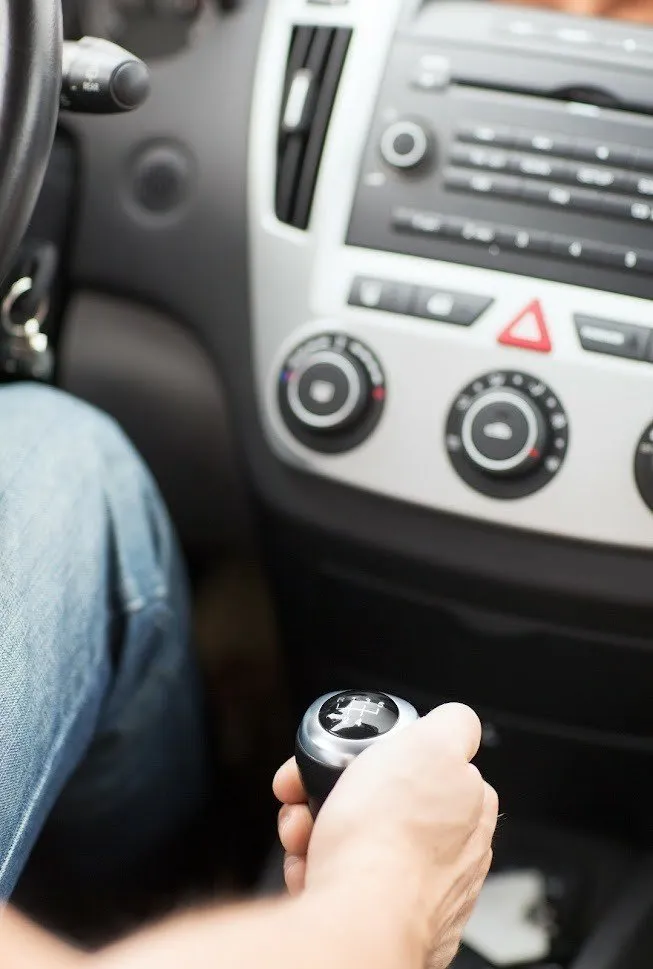Anyone who drives a car with a manual transmission operates the vehicle’s clutch countless times in the course of a typical commute without even thinking about it. If you own such a car, you likely know simply that you must depress the clutch pedal whenever you want to shift gears, accelerating slightly as you release the pedal.
Unfortunately, this simple action can prove difficult or impossible once something goes wrong with any of the clutch’s major components. The sooner you can recognize the signs of a bad clutch, the better your odds of fixing it before it fails completely. Shift your clutch knowledge into a higher gear with these frequently asked questions.
How Do the Parts of a Clutch Normally Work Together?
Your car’s manual transmission stays in gear thanks to constant pressure on the flywheel, the part of the engine that transfers torque to the transmission. A clutch disc sits between the flywheel and a spring-loaded pressure plate. Rear-wheel-drive cars may use pistons that exert hydraulic pressure on these components.
The clutch stays engaged until you depress the pedal. As the pedal lowers, the attached cable or piston causes the release fork to press against the release bearing, also known as the throw out bearing. This bearing then pushes on a spring, which, in turn, pulls the pressure plate away from the clutch disc and flywheel.
Normal, reliable clutch behavior depends on proper friction and release of friction among these various parts. A weakness or failure at any point along the chain can cause your clutch to operate sluggishly or fail altogether.
When Should You Suspect a Clutch Problem?
Two immediately obvious signs of clutch trouble during driving involve the clutch either failing to engage or failing to disengage when you work the pedal. If you can’t shift your car into another gear or keep it in its current gear, your clutch assembly may need adjustment or repair.
The amount of play (free motion) you get from your clutch pedal may warn you of a problem in the making. Normally, your clutch should move easily at first, then require more effort as you keep depressing it. Too much play in the clutch can encourage gear grinding, while too little can create premature wear in the throwout bearing.
Even if your gears work, they may still give you signals that your clutch has lost some of its efficiency. Listen for grinding, squealing, chattering, screeching, or rumbling noises during gear shifts. Pay attention to any burning odors that may indicate too much metal-on-metal friction in your clutch’s components.
What Specific Issues Can Produce Clutch Failure?
Different kinds of clutch malfunctions may stem from issues with specific components. For instance, a damaged clutch cable, loss of hydraulic pressure, and incompatible aftermarket parts can cause a clutch to stick. A worn flywheel, pressure plate, clutch disc, or clutch spring can cause a clutch to slip.
In some cases, a single bad clutch component can cause multiple issues or symptoms. For instance, a worn throwout bearing may create an odd rumbling noise while also causing your clutch pedal to get stuck after you depress it.
How Do Automotive Technicians Deal With Clutch Problems?
If you respond to a potential clutch issue early by asking an automotive technician to examine it, you may get away with replacing only the part or parts experiencing breakage or wear, such as a bad pressure plate or spring. However, a failure in one component can lead to a chain of failures that force you to replace the entire assembly.
A clutch that develops recurring problems or has reached the end of its normal lifespan may benefit from outright replacement instead of constant repairs. Although modern-day clutches can typically provide more than 80,000 miles of service, a vintage, overworked, or poorly maintained vehicle may require clutch replacement much earlier.
If your car’s manual transmission has started to misbehave, take it to Powers Transmissions. Our skilled technicians can spot the problem and replace worn or damaged components. Contact us today to learn more and schedule automotive service.

